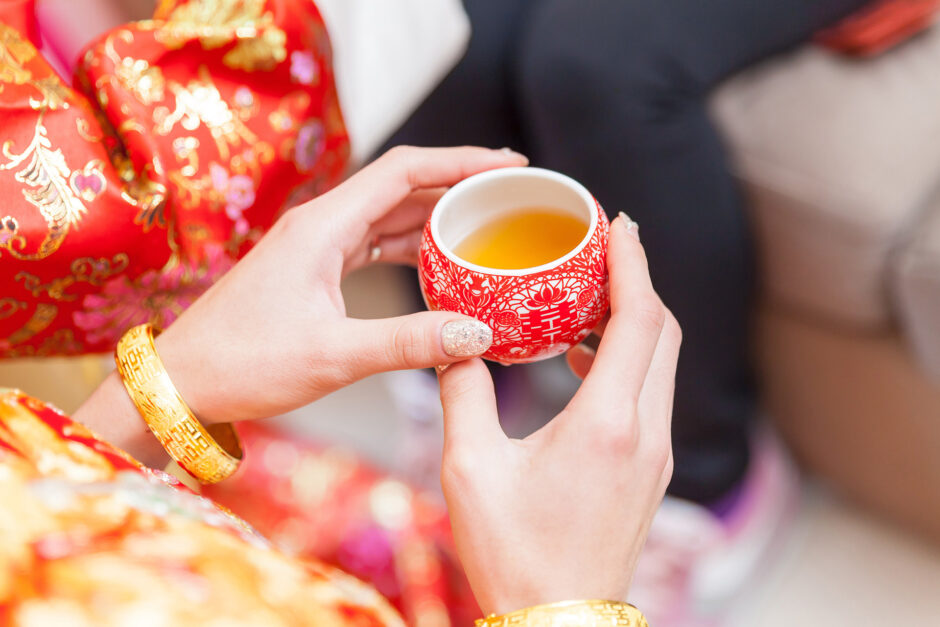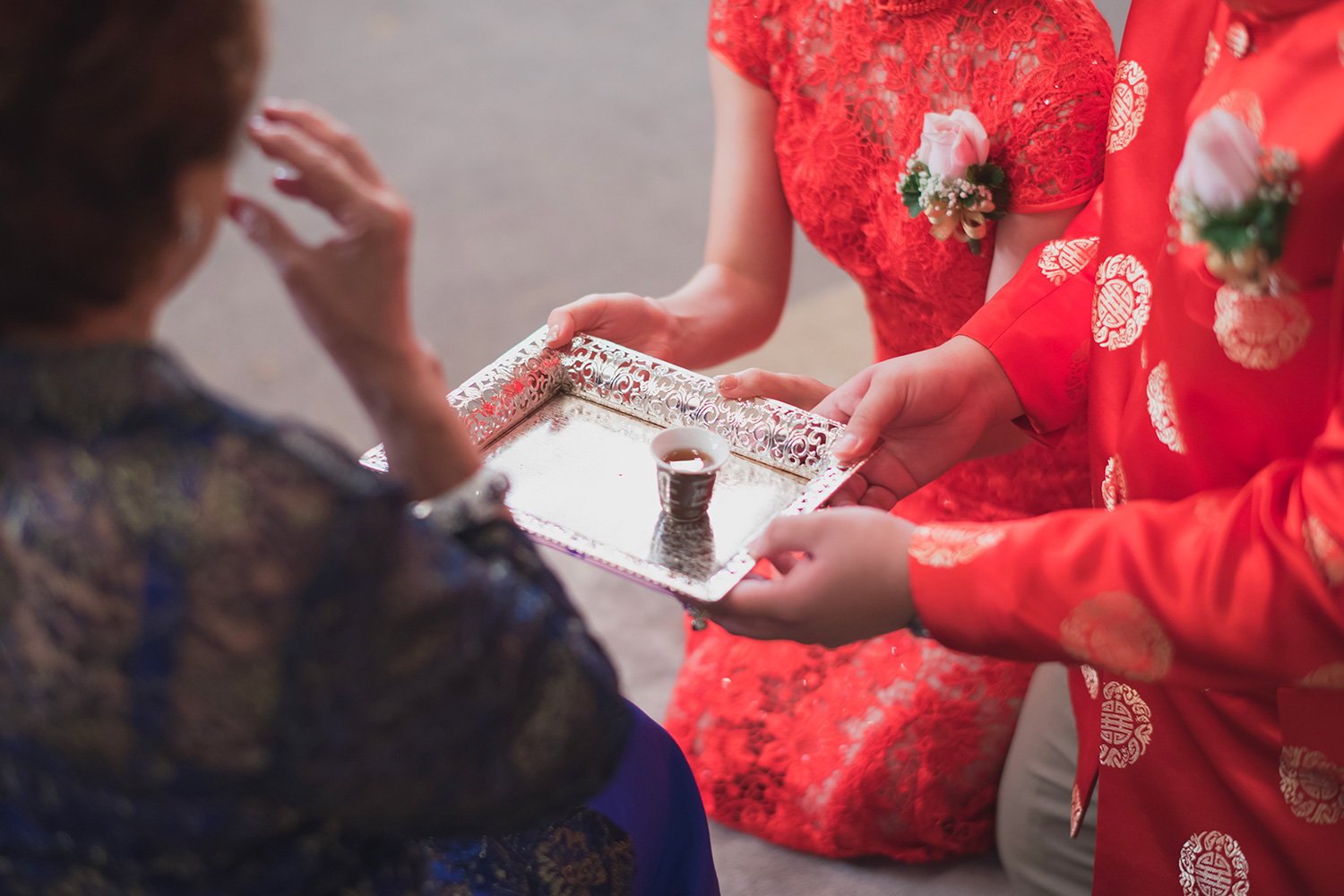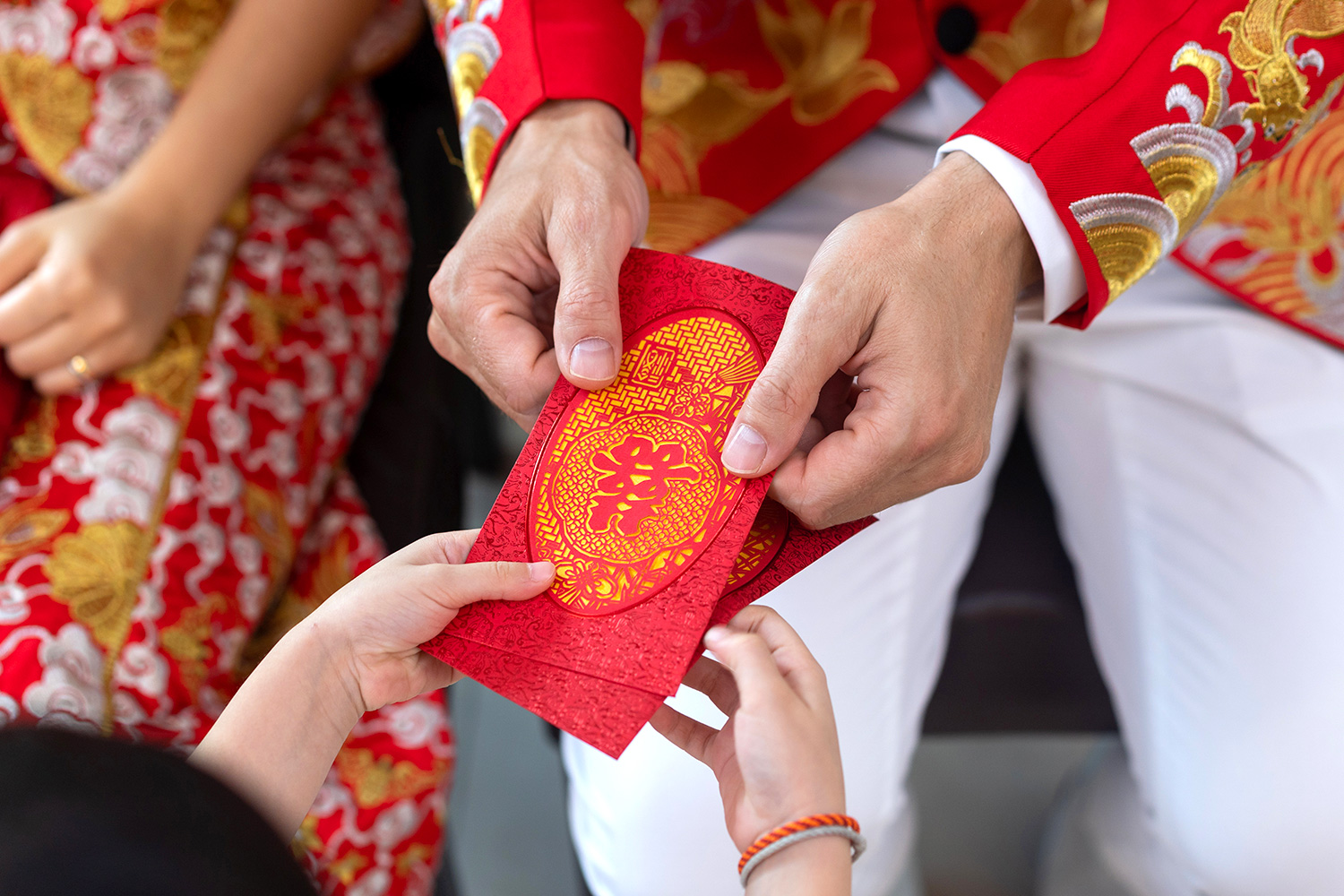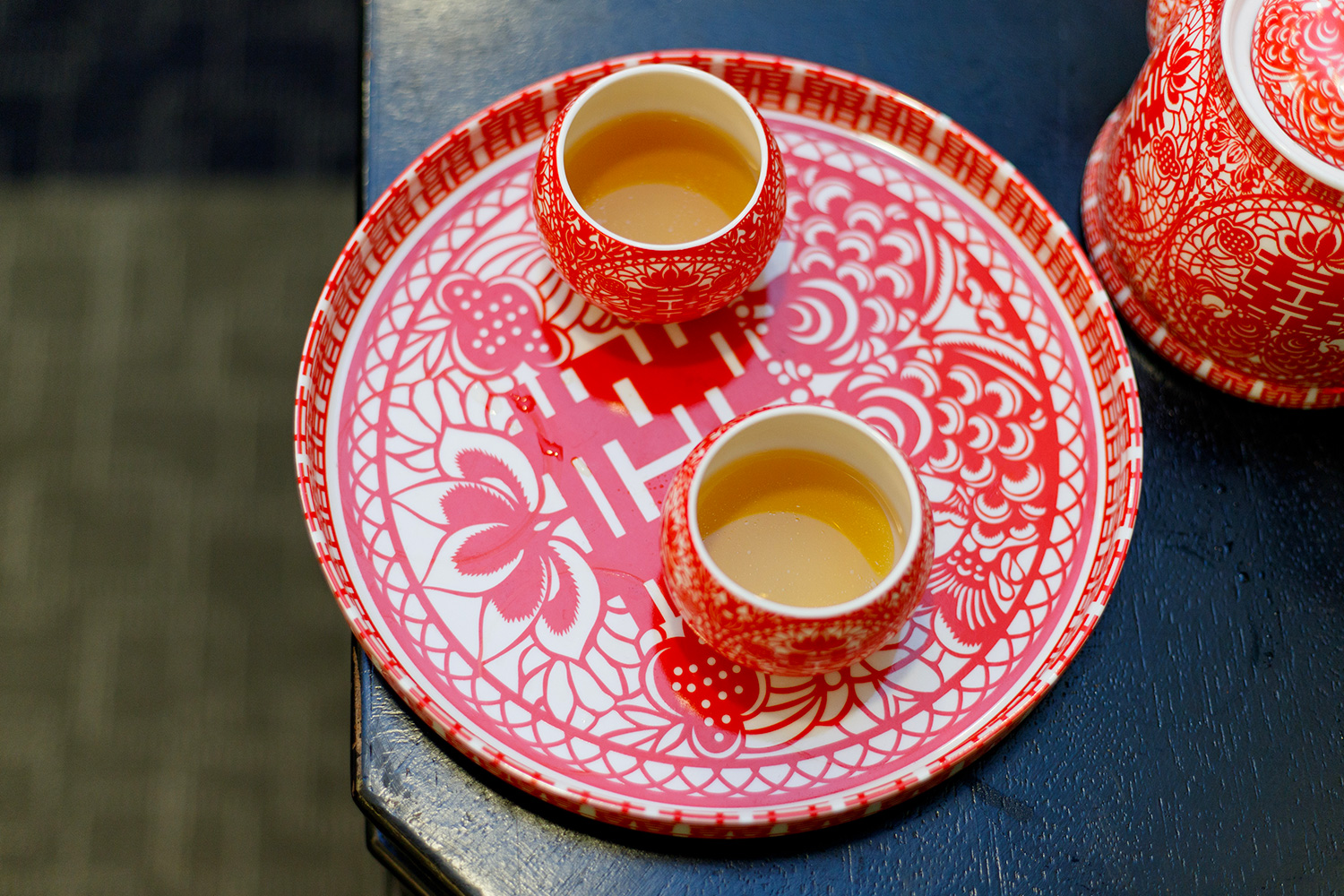Refreshing Asian Side Dishes to Pair with Your Barbecue
Pair your hearty barbecues with these refreshing Asian delights!
Discover the authentic in Asian cuisine food
Around the World, Tips & Tricks

All cultures in the world agree: weddings are a big deal. On a jubilant day, the bride and groom take centre stage, of course. But more than that, it’s also the auspicious day when two families come together in a bond of love and kinship. For the Chinese, it is celebrated with tea. While most weddings today are ‘modernised’, and different regions have their own unique traditions, two things are must-haves in all Chinese weddings: the banquet and the tea ceremony.

Not to be confused with the Gongfu practice to savour tea. The Chinese wedding tea ceremony is when the couple officially receives their elders’ blessings. The importance is akin to announcing vows in a church wedding. But the tea ceremony is practised among the Chinese regardless of faith, as it is entirely family-centric. The oldest ceremonies date as far back as the Tang Dynasty, from the 6th to 9th Century. Tea in the context of marriage also represents everlasting love. Because tea’s enriching, refreshing and calming flavours have been consistently revered in Chinese culture for thousands of years.

The ceremony is most often held at the family’s home, on the wedding day’s morning or afternoon. Traditionally, the wedding begins with the groom’s arrival at the bride’s home. Here, they perform the tea ceremony with her family. Then, the groom brings the bride to his home, and they repeat it with his family. However, most wedding tea ceremonies today are performed with both families.
The groom and bride dressed in joyful red costumes kneel or bow to greet their parents and serve each of the tea in a Gaiwan – a small tea-drinking bowl with a lid that preserves warmth and flavour. The Gaiwan is held by its saucer with both hands from the couple to the elders, who then gently slide the lid open, and have a sip. Next, words of blessings and well-wishes are exchanged with warm smiles, and the elders give the groom and bride each a red packet filled with cash. Family heirloom items like jade and jewellery are also given to the bride, who wears them immediately as a show of appreciation. The ritual includes extended family too, beginning with the parents, followed by grandparents, uncles and aunties. Yes, the Chinese are big on families like that.

The tea is prepared by the family’s younger members. Some may choose the tea leaves according to each of their elders’ tastes. Others go for more common types such as Pu-er. Flower teas are popular too, as their milder flavours are generally pleasing. Nonetheless, the chosen tea must be of the highest quality.

Red is the colour of the day, and no dull colours for the guests too! As you probably know, red is the most auspicious colour for the Chinese, used for the Lunar New year festival as well – the red packet with cash is given to unmarried children then, to symbolise encouragement and good wishes for the new year. At weddings, the red packets from the elders to the bride and groom are blessings and hope for the two’s future together. The design differs from Lunar New Year. Wedding red packets must have the double ‘Xi’ ideogram, as in ‘double happiness’. The helpers who made the tea are also given one each. Of course, the Gaiwan must be red too, as well as the decorations.

The wedding tea ceremony derives from the filial piety and communal essence of Chinese culture. In ancient times, it’s even witnessed by the whole village; with a party afterwards. It is ultimately, a celebration and sharing of love between a couple and the family, performed with respect, and utmost joy.

Pair your hearty barbecues with these refreshing Asian delights!

What are the properties of ginger, and how to pick, store and use ginger in your cooking? Find out here!

Yummify your summer dishes with the savoury and versatile fish sauce – the Southeast Asian flavour-maker!